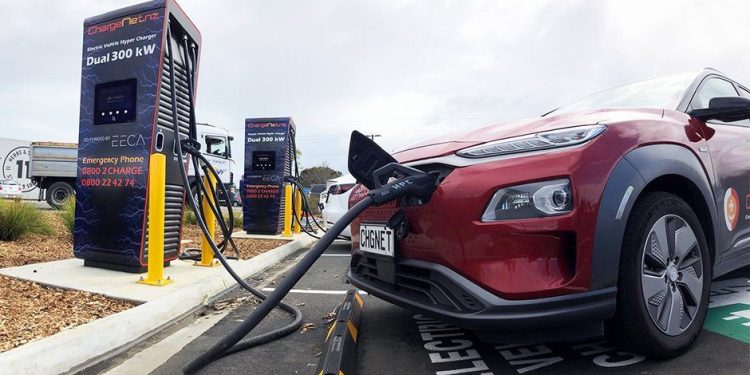‘Empires may fall’: Report underlines dire electric car situation
The forthcoming bans on new petrol cars in countries around the world are set to force car-makers to rethink how they make cars and make profits — if they haven’t already done this already.
A fresh report from consultant firm KPMG underlines this. Titled ‘Place Your Billion-Dollar Bets Wisely’, it aimed to plot just how the world’s transition to electrification will pan out — its findings not as clear-cut as those pushing for pure ICE bans.
The study says that US$200billion in funds is being poured into the development of electric cars in the short term, concluding that the investment is only going to result in a net 24 to 37 per cent of car sales by 2030 being electric.

According to the report, this could trigger other crises for car manufacturer business models. It states that there could be 40 million vehicles of “excess capacity” (based on 2020 sales data, and figures provided by manufacturers), and this could trigger the international closure of around 200 unneeded factories.
“Both established players and start-ups need to look at all the possibilities on every dimension — customer needs, economics, infrastructure evolution, regulation, time — when should [they] place their billion-dollar bets? And how do they sustain current business as they invest in the new,” the report asks.
The study acknowledges that the “century-long reign of the ICE powertrain is ending”, while also posing the possibility that there’s a saturation of brands relative to consumers in the American market. It also notes the uncertainty around building infrastructure for EVs and hydrogen vehicles, adding that there’s set to be new demands of the electrical grid, too.

The study proposes that the solution to its findings is for the motoring industry to persevere as a ‘mosaic’ of sorts, where ICE vehicles continue to be sold alongside BEVs and other next-gen alternatives, with a more drawn-out tail for the phasing out of petrol and diesel vehicles.
“BEVs don’t fit all customer needs,” adds the report. “Today, BEVs beat out ICE mainly on performance and environmental concerns — they trail in cost, convenience, range, and perceived value.
“Even though upcoming BEV models are spec’d to deliver more than 400 miles on a charge, consumers still cite range anxiety as a reason not to buy EVs. […] While 80 per cent of US motorists travel 50 miles or less per day on average, they still want to know that they can drive long distances and not worry about if there will be a place to refuel/recharge.”

One of the curious absences in the study is the acknowledgement that electric cars are getting cheaper and the focus on entry-level full EVs is ongoing. Instead the study states that brands are focusing on producing US$50,000 electric cars and up. This is true for the cars that currently populate the US market, but it’s generally known that brands are currently developing the tech to become more accessible.
“There are no simple answers. And the stakes could not be higher. No single company has the financial wherewithal to cover all the bets. Companies will need to think hard about where they can carve out a winning position — where they can make their billion-dollar bets — and where to use alliances and partnerships,” adds KPMG global automotive sector leader and study co-author Gary Silberg.
“Getting the timing wrong is very risky,” he added in a separate interview. “Getting it wrong by five years, you could go bankrupt.” He added that some of the brand’s biggest car makers may not make it out the other side if they make a mistake with their level of investment in next-gen technologies.





